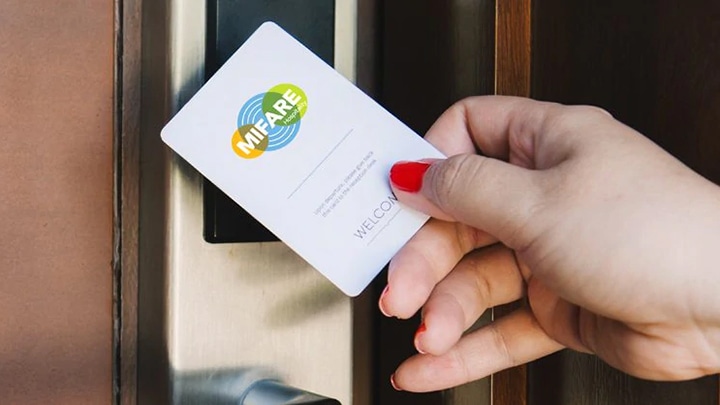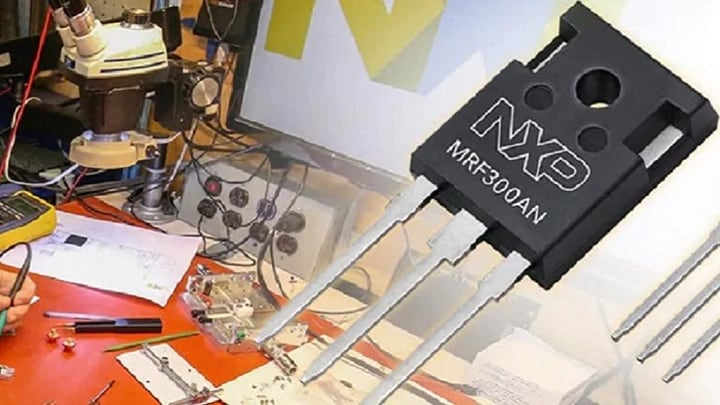The International Air Transport Association (IATA), which represents more than
80% of air traffic worldwide and helps formulate industry policy and
standards, recently made an announcement that promises to improve air travel,
especially for anyone who checks a bag.
On June 4th, 2018, at their 74th Annual General Meeting, the IATA
Board of Governors mandated that, to support true, real-time baggage tracking,
all checked bags must bear a tag that contains an RFID inlay. The inlays will
give each piece of checked luggage a unique identity and will enable quick,
precise location of each bag at any point in its journey.
The IATA board said the first phase in the transition to RFID bag tracking is
to create a global development standard that will see IATA-standard RFID
inlays added to all bag tags – a process they expect will take about a
year. At the same time, IATA will work with partners in the value chain,
especially airports, as part of their goal to build consensus and begin
rollouts by as early as 2020.
According to Andrew Price, the IATA’s head of global baggage
operations, “the proposed resolution is a big step for airlines. By
implementing RFID in all baggage tags manufactured after January 2020, the
‘chicken-and-egg’ scenarios where infrastructure isn’t
built for lack of tags and tags are not bought for lack of infrastructure is
fixed. All the stakeholders in our industry now need to work together to get
the maximum benefit from the use of RFID.”
Speed and Accuracy
Here’s how bag tags equipped with RAIN RFID inlays work. Each inlay
uses tiny radio waves to report its location to handheld or fixed-in-place
reader machines. RAIN RFID readers can read RFID tags in groups with a high
degree of accuracy, so even large batches of bags, sitting in piles or stored
in a container, can be read in an instant and with an accuracy rate near 100%.
According to the IATA-specified setup, the tracking system will know the
status of every tagged bag at all times, from check-in to retrieval, including
when the bag is delivered to the aircraft and when any changes are made
between planes or carriers.
An End to Uncertainty
Upgrading to a RAIN RFID tagging system for baggage means you, as the
passenger, can receive push notifications with bag status on a mobile device.
Notifications can be prompted by each key event – when your bag is
loaded onto your plane, transferred to your connecting flight, or on its way
to the pickup carousel – and, depending on the configuration of the
mobile app, you might also have options to query the system to get bag status
or contact an agent if there’s a problem.
Being able to track bags in real time makes the travel experience less
stressful, since those moments of uncertainty, when you hand over your bag at
check-in or wait for its arrival at a carousel, can be gone for good. You can
stop wondering about what’s happening to your property, confident in
the knowledge that if something does go wrong, the problem can be addressed
quickly and efficiently.
Improved Operational Efficiency
Beyond improving the customer experience, RAIN RFID bag tracking promises to
benefit airlines, too. Because RAIN RFID enables faster inventory counts, with
far fewer mistakes and overlooked bags, mishandling rates can be minimized,
leading to higher efficiency and lower day-to-day costs. The airlines’
operations can also become more transparent, making it easier to address
inquiries, protect property and respond in emergencies.
NXP’s UCODE 8 for Bag Tags
NXP’s UCODE RAIN RFID solutions are already used in a
wide range of tracking applications and are well suited for use in aviation
use cases, including bag tags. The latest UCODE 8 format delivers exceptional
performance and is well suited for use in baggage applications. The very high
read sensitivity of -23 dBm ensures excellent read rates, the high write
sensitivity of -19 dBm delivers safe writing operation in the printer, and the
quick encoding speed of 32 bits in 1.2 ms means efficient handling of even
large volumes of baggage. UCODE 8 also offers a self-adjust feature, for
robust performance against detuning effects, and a power-consumption rate
that’s 20% lower than any other available chip on the market.
For airlines looking to develop RFID bag tags, the internationally recognized
ARC performance database is a good place to start when selecting an RFID
solution. In place since 2009, the database is maintained by the RFID lab at
the University of Auburn, in the U.S. state of Alabama and includes more than
400 RFID inlays for a broad range of applications. The relevant category for
baggage tracking is the ARC Category U performance specification, which is
designed to test RFID performance in aviation use cases. The two smallest
inlays to receive ARC certification in Category U, the Wings inlay from
Smartrac and the EOS 409 inlay from Tageo, are based on UCODE 8.
NXP’s Support for IATA
NXP is a longtime proponent of RAIN RFID solutions for aviation applications
and is a Strategic Partner of IATA. Our product teams contribute to the
IATA’s Baggage and RFID workgroups.
We agree with IATA that RAIN RFID is the technology of choice for creating the
kinds of seamless, connected travel experiences that everyone wants. After
all, we’re travelers too and are eager, like everyone else, to stop
wondering what’s happened to our checked baggage.




